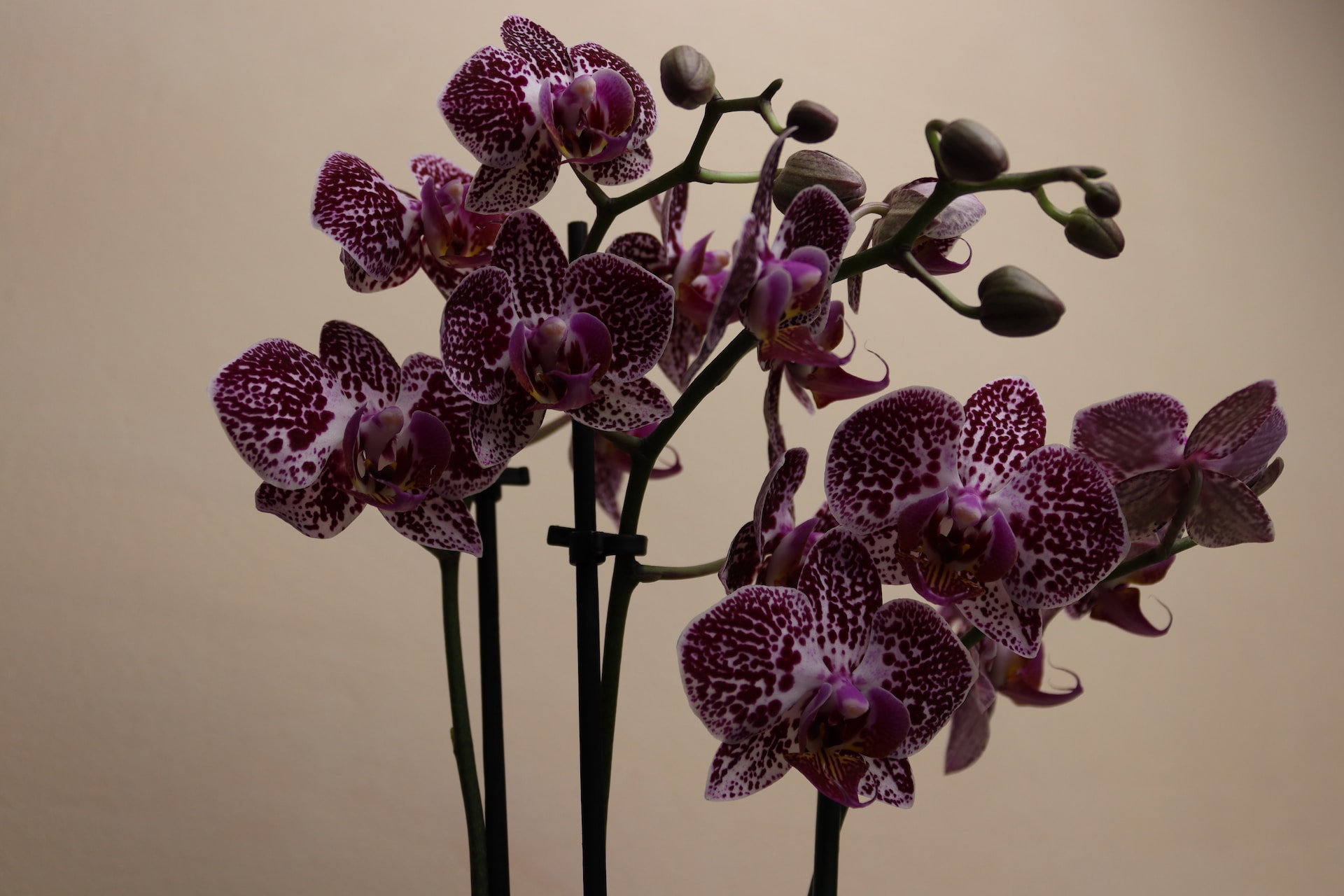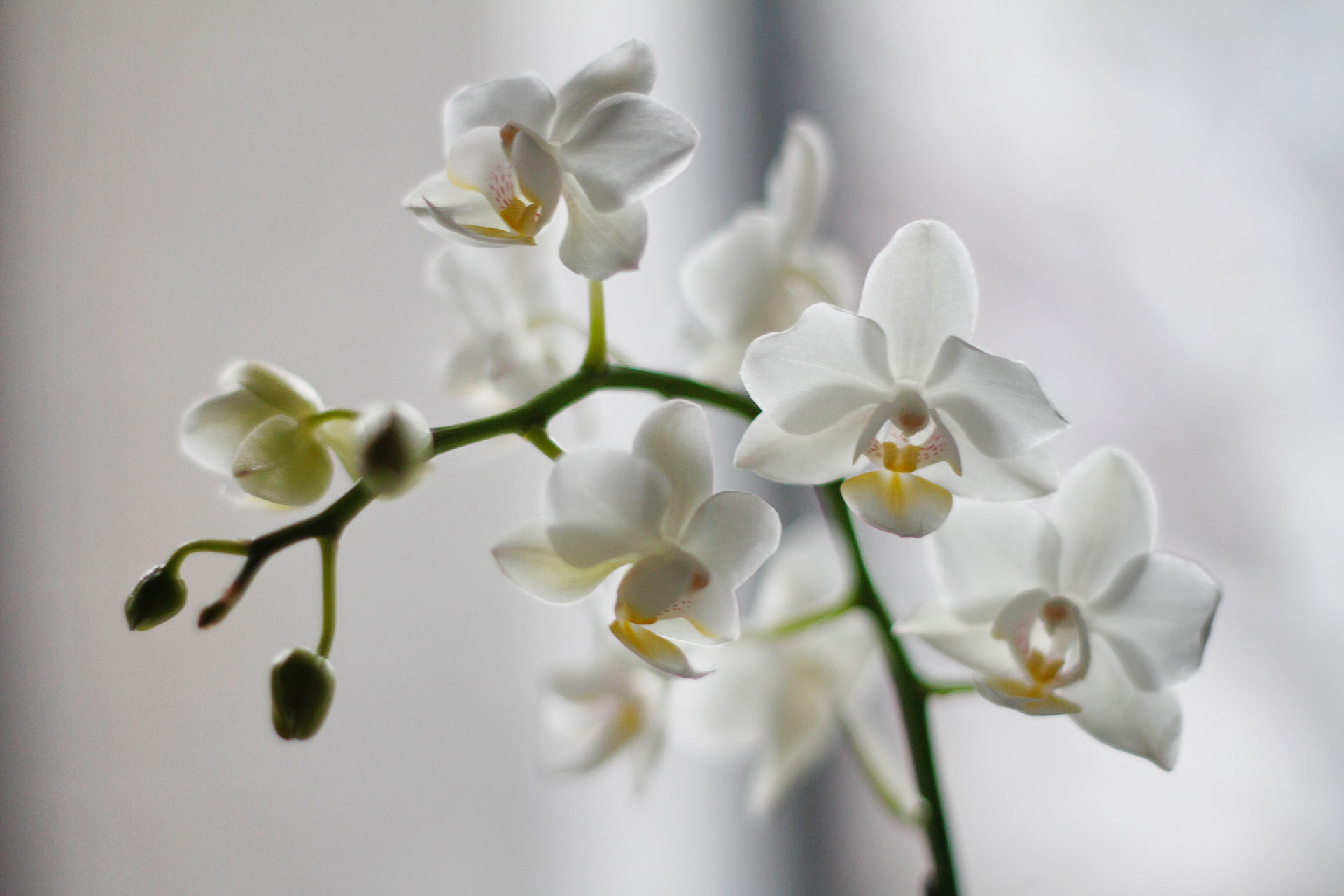Orchids are exotic flowers of great beauty and delicacy. Growing them indoors may seem complex, but with the right tips, you can make them thrive and enjoy their beauty all year round.
First of all, it is important to choose the right location for your orchids. They need light to flower, but they cannot tolerate direct sunlight. So place them near a window where they will benefit from subdued, indirect light. Also be sure to protect them from drafts, as orchids are sensitive to temperature variations.
When it comes to watering, orchids need a delicate balance. It is better to water them regularly but moderately rather than letting them dry out completely between two waterings. Use room temperature water and make sure the pot drains well. When watering, make sure the water flows freely through the roots and does not pool at the bottom of the pot.
Another important tip for successfully growing orchids indoors is to provide them with good humidity. Orchids are native to tropical regions with high humidity, so it is important to recreate these conditions in your home. You can do this by placing a tray of water near your orchids or by using a humidifier to increase the humidity of the surrounding air.
When it comes to fertilization, orchids need nutrients to grow and flower. Use a fertilizer specially formulated for orchids and follow the manufacturer’s instructions for dosages. It is best to fertilize your orchids once a month during their active growing period, and reduce the frequency during rest periods.
Propagating orchids can also be an interesting option if you want to expand your collection. The most common method for propagating orchids is dividing clumps. Wait until your orchid has finished flowering and new pseudobulbs appear before dividing it. Use a clean, sharp knife to separate the pseudobulbs, making sure each division has enough roots.

The symbiosis of orchids with mushrooms: a fascinating aspect
Orchids are much more than just decorative flowers. Beyond their visual beauty, these flowers have evolved to develop symbiotic relationships with other organisms, particularly fungi. This mutually beneficial interaction is a lesser known but equally fascinating facet of orchid life.
Early in their life cycle, orchid seeds are exceptionally small and do not contain sufficient nutrient reserves to support germination. This is where fungi come in. Fungus hyphae penetrate the seeds, providing young orchids with the essential nutrients they need to germinate and grow. In exchange, when the orchid is mature and capable of photosynthesis, it will provide the fungus with sugars and other organic compounds.
But this relationship is not limited to the germination phase. Even after the plant is well established, orchids continue to maintain a close relationship with their fungal partners. These fungi help the orchid absorb water and nutrients from the soil, boosting its health and vitality.
Although not a common practice among indoor growers, understanding this relationship can provide ideas on optimizing the care of your orchids. For example, using natural, unsterilized substrates can help maintain a healthy population of beneficial fungi. Additionally, avoiding excessive use of pesticides or fungicides that could disrupt this delicate balance is crucial for the long-term well-being of the orchid.
Understanding orchid varieties to better appreciate them
Orchids are one of the largest families of flowering plants, with more than 25,000 species recorded. Knowing the different varieties can help you better understand their specific needs and appreciate them in all their diversity.
Phalaenopsis, often called butterfly orchid because of the shape of its flowers, is one of the most popular and easy varieties to grow indoors. With its long stems and flowers that last for weeks, it is ideal for beginners.
The Cattleya orchid is another common variety, recognizable by its large, colorful flowers. It is often called “the queen of orchids” and is highly regarded for its ability to produce spectacular, fragrant flowers.
Dendrobium is a variety characterized by its long canes and flowers that grow in clusters. It prefers cooler temperatures and can be a little more demanding when it comes to care.
The Oncidium variety, often called “dancing orchid”, is distinguished by its small flowers which resemble dancer’s petticoats. It needs more frequent watering and likes to be exposed to bright but indirect light.
Finally, the Paphiopedilum orchid, or Venus slipper orchid, is known for its unique slipper-shaped flowers. It prefers a shady and humid environment.
Orchids and ecological interactions: a crucial role in nature
When we think of orchids, their beauty and variety immediately come to mind. However, beyond their aesthetic appeal, orchids play a vital role in natural ecosystems, contributing to biodiversity and engaging in key ecological interactions.
The symbiotic relationship of orchids with fungi is only one facet of their many interactions with the environment. Orchids are also closely related to pollinators. Each orchid species has evolved to attract a specific pollinator, whether it’s a certain type of hummingbird, a bee or a butterfly. These relationships have led to fascinating adaptations, including specific flower shapes, patterns and scents designed to appeal to their pollinators.
Take the example of the orchid Ophrys. This orchid has a shape and smell that mimic the females of certain insect species. When males are tricked and attempt to mate with the flower, they end up pollinating the orchid. This imitation strategy is an astonishing testimony to the evolution of orchids to ensure their survival.
The importance of orchids in food chains is another aspect that is often overlooked. Although orchids are not generally the primary food source for herbivores due to their chemical defenses, some species of animals, such as certain insects, rely on them at different stages of their life cycle. In addition, the trees on which epiphytic orchids perch also benefit from their presence. Fallen leaves and orchid debris help enrich the soil, promoting the health of the host tree.













